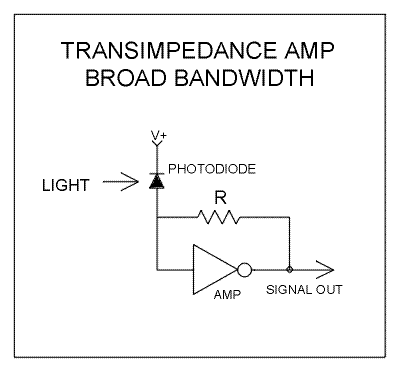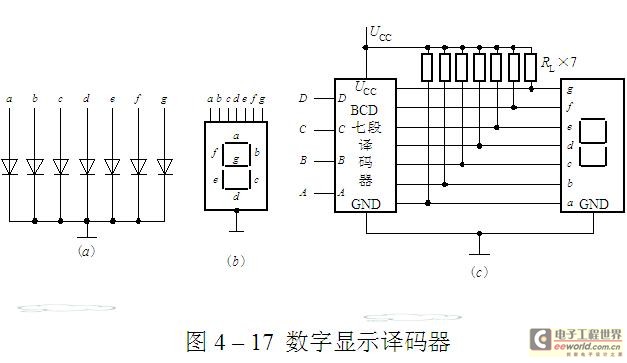
Canary Sound Simulator Circuit

This circuit generates the sound of two canaries singing in a cage. Two LM324 quad amplifiers constitute seven oscillators. One oscillator serves as an on/off control, while the remaining six produce the sounds of two canaries. A 9-V supply powers the circuit.
The circuit utilizes two LM324 quad operational amplifiers to create a unique sound synthesis environment that mimics the singing of two canaries. The design incorporates a total of seven oscillators, where one oscillator is dedicated to controlling the overall operation of the circuit, acting as an on/off switch. This allows for easy activation and deactivation of the sound generation process.
The remaining six oscillators are specifically configured to generate the distinct tones and frequencies associated with canary songs. Each oscillator can be tuned to different frequencies, which are combined to create a harmonious representation of the birds' singing. The oscillators may use various configurations such as astable multivibrator setups, where the frequency and duty cycle can be adjusted through external resistors and capacitors, allowing for a realistic simulation of the canaries' vocalizations.
The circuit is powered by a 9-V power supply, which provides the necessary voltage for the LM324 amplifiers and ensures stable operation. Proper decoupling capacitors should be included near the power supply pins of the LM324 to minimize noise and ensure consistent performance.
To enhance the overall sound quality and simulate a more realistic auditory experience, a low-pass filter may be employed at the output stage of the oscillators. This filter can help smoothen the generated waveforms, making the sound more natural and less harsh. Additionally, a speaker or a small audio transducer should be connected to the output to effectively convert the electrical signals into audible sound waves.
In conclusion, this circuit not only serves as an engaging electronic project but also showcases the application of operational amplifiers in sound synthesis, providing a delightful auditory experience reminiscent of canaries singing in a cage. This circuit generates the sound of two canaries singing in a cage. Two LM324 quad amps make up seven oscillators. One oscillator is an on/off control, the other six generate the sounds of two canaries. A 9-V supply powers the circuit.
The circuit utilizes two LM324 quad operational amplifiers to create a unique sound synthesis environment that mimics the singing of two canaries. The design incorporates a total of seven oscillators, where one oscillator is dedicated to controlling the overall operation of the circuit, acting as an on/off switch. This allows for easy activation and deactivation of the sound generation process.
The remaining six oscillators are specifically configured to generate the distinct tones and frequencies associated with canary songs. Each oscillator can be tuned to different frequencies, which are combined to create a harmonious representation of the birds' singing. The oscillators may use various configurations such as astable multivibrator setups, where the frequency and duty cycle can be adjusted through external resistors and capacitors, allowing for a realistic simulation of the canaries' vocalizations.
The circuit is powered by a 9-V power supply, which provides the necessary voltage for the LM324 amplifiers and ensures stable operation. Proper decoupling capacitors should be included near the power supply pins of the LM324 to minimize noise and ensure consistent performance.
To enhance the overall sound quality and simulate a more realistic auditory experience, a low-pass filter may be employed at the output stage of the oscillators. This filter can help smoothen the generated waveforms, making the sound more natural and less harsh. Additionally, a speaker or a small audio transducer should be connected to the output to effectively convert the electrical signals into audible sound waves.
In conclusion, this circuit not only serves as an engaging electronic project but also showcases the application of operational amplifiers in sound synthesis, providing a delightful auditory experience reminiscent of canaries singing in a cage. This circuit generates the sound of two canaries singing in a cage. Two LM324 quad amps make up seven oscillators. One oscillator is an on/off control, the other six generate the sounds of two canaries. A 9-V supply powers the circuit.





